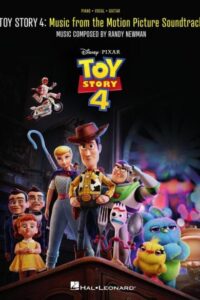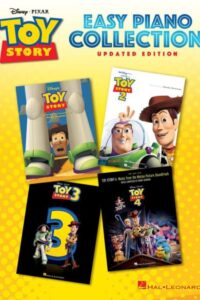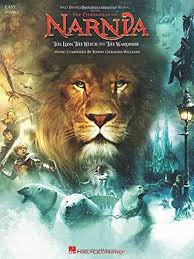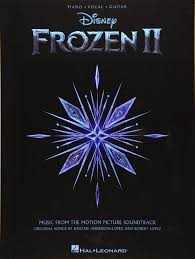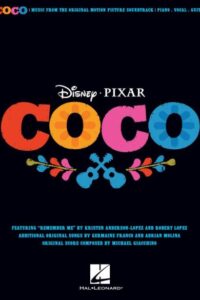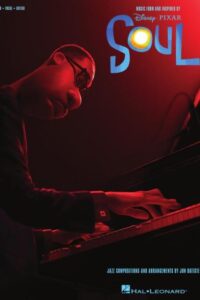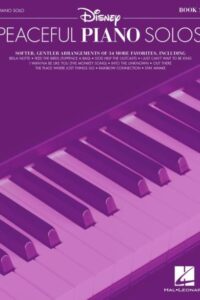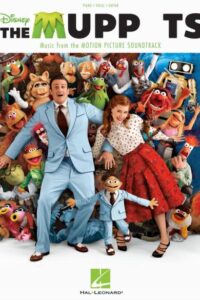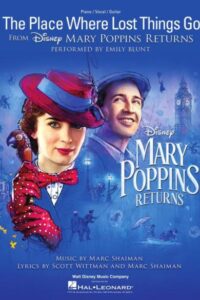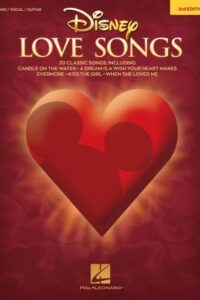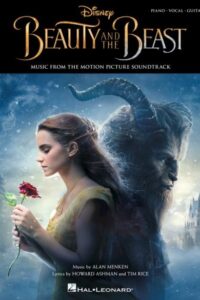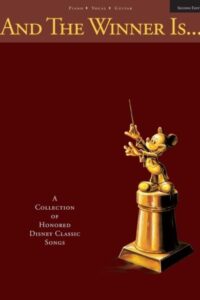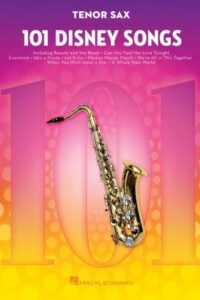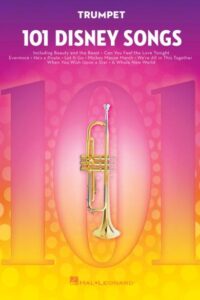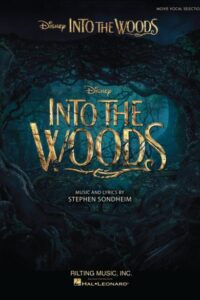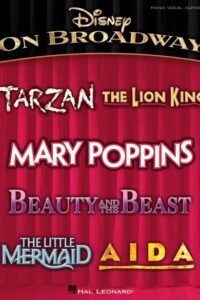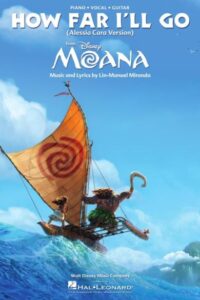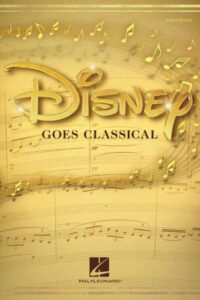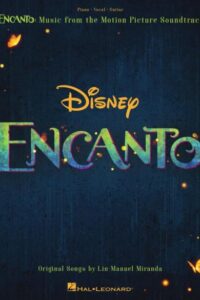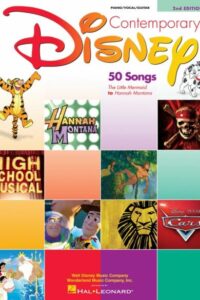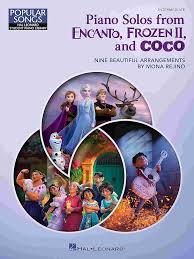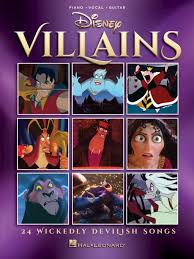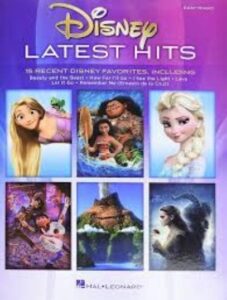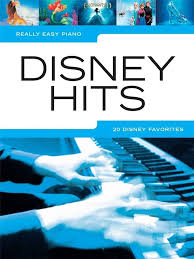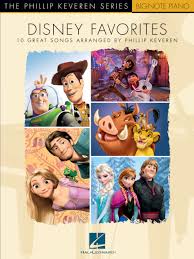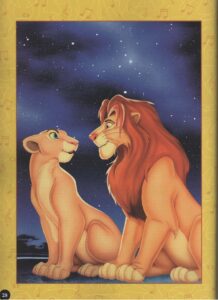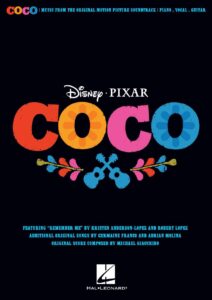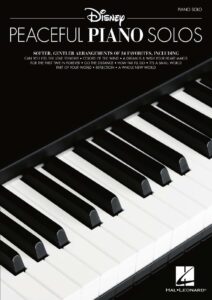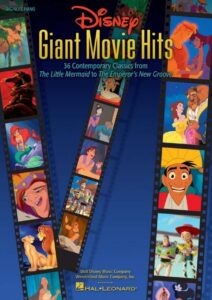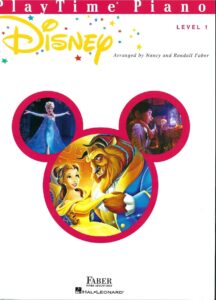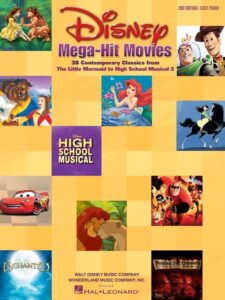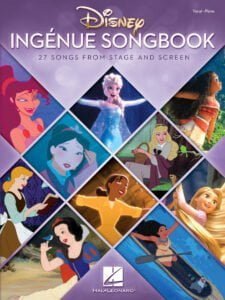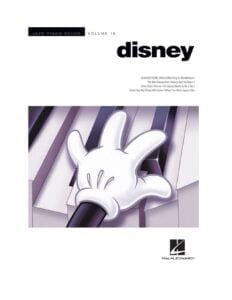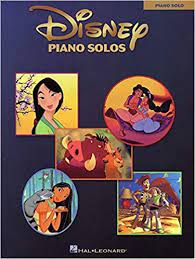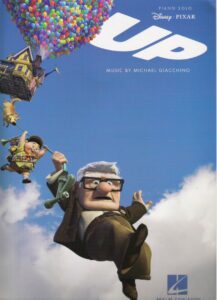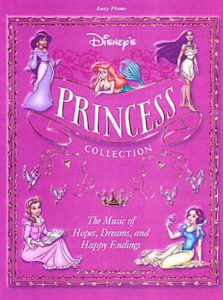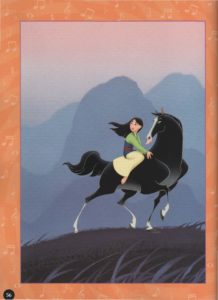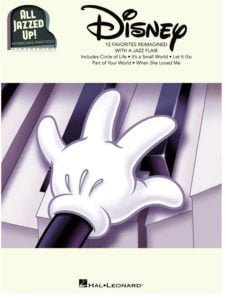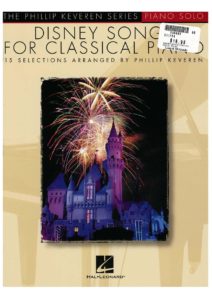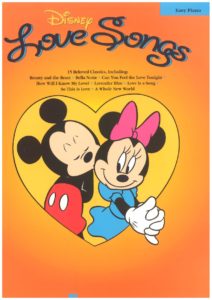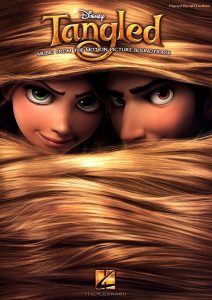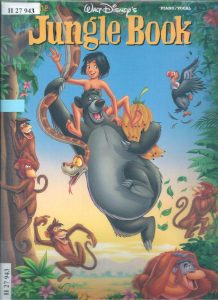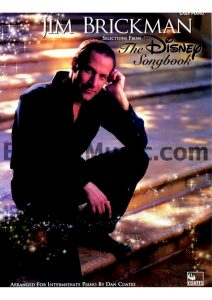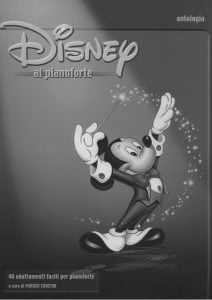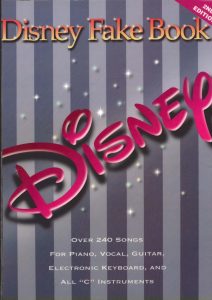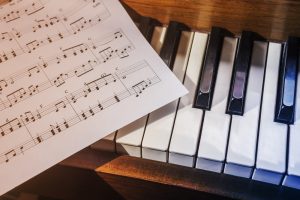Table of Contents
Come join us now, and enjoy playing your beloved music and browse through great scores of every level and styles!
Can’t find the songbook you’re looking for? Please, email us at: sheetmusiclibrarypdf@gmail.com We’d like to help you!
Beauty and The Beast (Disney) Easy Piano solo sheet music, Noten, partitura, spartiti, partition, 楽譜
Best Sheet Music download from our Library.
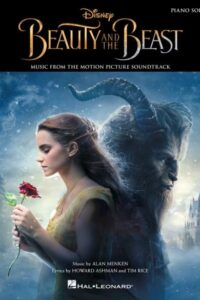
Please, subscribe to our Library.
If you are already a subscriber, please, check our NEW SCORES’ page every month for new sheet music. THANK YOU!

Browse in the Library:
Or browse in the categories menus & download the Library Catalog PDF:
“Beauty and the Beast” (the song)
“Beauty and the Beast” is one of the most iconic songs from Disney’s 1991 animated classic of the same name. Composed by Alan Menken with lyrics by Howard Ashman, the song serves as the film’s romantic centerpiece, capturing the growing love between Belle and the Beast as they dance in the castle’s grand ballroom.
Key Details About the Song:
- Performed by: Angela Lansbury (as Mrs. Potts) in the film. A pop version, recorded by Celine Dion and Peabo Bryson, was released as a single and became a massive hit.
- Academy Award: The song won the Oscar for Best Original Song in 1992, along with the film’s score winning Best Original Score.
- Theme: The lyrics beautifully convey the message that true love sees beyond appearances—“Tale as old as time, song as old as rhyme”—emphasizing that inner beauty is what truly matters.
Legacy:
- The song remains one of Disney’s most beloved ballads, often covered and performed in various adaptations, including the 2017 live-action remake, where it was sung by Emma Thompson (as Mrs. Potts) and a new version by Ariana Grande and John Legend.
- It has been featured in numerous Disney compilations, Broadway productions, and even in Disney Parks shows.
Why It’s Timeless:
The song’s sweeping orchestration, poetic lyrics, and emotional depth make it a standout Disney classic. Its message of love transcending outward appearances resonates across generations, ensuring its place as a cherished piece of Disney history.
The musical composition of “Beauty and the Beast” is a masterclass in storytelling through melody, harmony, and orchestration. Composed by Alan Menken with lyrics by Howard Ashman, the song blends classical elegance with Broadway grandeur, perfectly capturing the film’s romantic and fairy-tale essence.

1. Musical Structure & Form
The song follows a traditional AABA form, common in Broadway and Disney ballads:
- A Section (Verse 1 & 2) – Sets up the fairy-tale atmosphere (“Tale as old as time…”).
- B Section (Bridge) – Builds emotional intensity (“Ever just the same…”).
- Final A Section (Reprise) – Returns with heightened orchestration, resolving the romantic arc.
This structure creates a sense of familiarity while allowing dynamic emotional progression.
2. Key & Harmonic Progression
- Written in D Major, a key often associated with warmth and triumph.
- Uses rich, chromatic harmonies (e.g., descending bass lines, secondary dominants) to evoke nostalgia and grandeur.
- The bridge modulates briefly to B minor (“Ever just the same…”), adding tension before resolving back to D Major, mirroring the Beast’s emotional transformation.
3. Melodic Style & Phrasing
- The melody is lyrical and waltz-like (in 3/4 time), evoking a ballroom dance.
- Features arching phrases (e.g., “Tale as old as time…”) that rise and fall gracefully, mimicking the push-and-pull of Belle and the Beast’s relationship.
- Ornamental flourishes (like the little run on “rhyme”) give it a classic Disney “magical” touch.
4. Orchestration & Instrumentation
Alan Menken’s orchestration blends:
- Sweeping strings – Carry the emotional core.
- Harp glissandos & woodwinds – Add fairy-tale delicacy.
- French horns & timpani – Underline the Beast’s regal, dramatic presence.
- Celesta – Adds a twinkling, magical quality (especially in the intro).
The 1991 animated version has a more classical feel, while the 2017 live-action remake uses a fuller, more cinematic orchestration.
5. Influence of French Baroque & Musical Theater
- Menken drew inspiration from French composers like Ravel and Debussy (fitting the film’s French setting).
- The waltz rhythm nods to 19th-century Romantic ballet (e.g., Tchaikovsky’s The Sleeping Beauty).
- The Broadway-style vocal delivery (especially in Angela Lansbury’s performance) gives it theatrical warmth.
6. The Celine Dion/Peabo Bryson Version (Pop Ballad Adaptation)
- Transposed to E-flat Major for a brighter, more contemporary sound.
- Features bigger drums, synth pads, and belted vocals, adapting the song for ’90s adult contemporary radio while keeping its romantic core.
The song’s genius lies in how its musical elements mirror the story:
- The waltz rhythm reflects the ballroom dance.
- The harmonic richness conveys emotional depth.
- The orchestral colors create a sense of enchantment.
It’s no wonder the song remains one of Disney’s most enduring and emotionally powerful compositions.
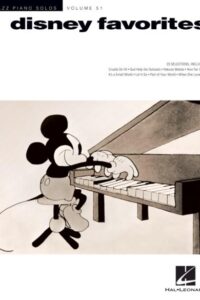
Main Chord Progression (Verse & Chorus – in D Major)
The chord progressions in “Beauty and the Beast” are a key reason why the song feels so lush, romantic, and timeless. Alan Menken masterfully blends classical harmony with Broadway sophistication, creating a sense of fairy-tale wonder and emotional depth. Let’s break it down:
The song primarily revolves around chromatic descending bass lines and secondary dominants, giving it a rich, yearning quality.
Verse (A Section):
D → D/C# → Bm7 → Bm7/A → G → G/F# → Em7 → A7
(Lyrics: “Tale as old as time…”)
- D → D/C# (I → I7) – The descending bass (D → C#) creates a gentle pull.
- Bm7 → Bm7/A (vi7 → vi7/5) – Continues the downward motion, adding melancholy.
- G → G/F# (IV → IVmaj7) – The F# in the bass introduces tension.
- Em7 → A7 (ii7 → V7) – Leads back to D, reinforcing the key.
Why it works: The descending bass (D → C# → B → A → G → F#) gives a “falling in love” sensation, while the A7 (V7) creates resolution back to D.
Bridge (B Section – Shifts to B minor):
Bm → G → D → A
(Lyrics: “Ever just the same…”)
- Bm (i) – Temporary shift to the relative minor (Bm), adding emotional weight.
- G (VI) – Brightens momentarily.
- D (III) – Borrows from B minor’s parallel major (B Major), creating a hopeful lift.
- A (V) – Leads back to D Major for the final chorus.
Why it works: The shift to B minor contrasts the warmth of D Major, mirroring the Beast’s internal struggle before love triumphs.
Chorus (Final A Section – Heightened Resolution):
The final reprise uses stronger cadences and fuller orchestration, often with:
D → A/C# → Bm → G/B → Em → A7 → D
- A/C# (V6/4) – Adds grandeur before resolving.
- G/B (IV6) – Keeps the bass movement smooth.
- Em → A7 (ii → V) – Classic “perfect cadence” setup for a satisfying ending.
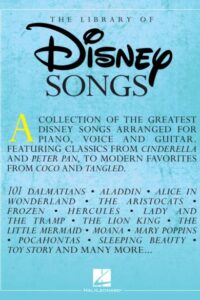
Special Harmonic Touches
- Secondary Dominants – Menken uses chords like A7 (V of D) and E7 (V of A) to strengthen resolutions.
- Suspensions & Extensions – The D/C# and G/F# add jazz-influenced tension.
- Modal Mixture – Briefly borrowing B minor chords while in D Major adds depth.
Comparison: Animated vs. Live-Action vs. Pop Version
- 1991 (Angela Lansbury) – More classical, with harpsichord-like arpeggios and delicate strings.
- 2017 (Emma Thompson) – Darker, richer harmonies, with added cello lines for drama.
- Celine Dion/Peabo Bryson (Pop Version) – Simplified to E-flat Major, with a IV → V → I pop-ballad cadence.
Why These Chords Feel “Magical”
- The descending bass feels like a “sigh” of romance.
- The shift between D Major and B minor mirrors the Beast’s duality.
- The suspensions (e.g., G/F#) create unresolved tension, like longing.
This is why the song doesn’t just sound beautiful—it feels like a fairy tale in musical form.
The “Beauty and the Beast” sheet music was the first Disney song published in the “Oxford Book of American Film Music.”




